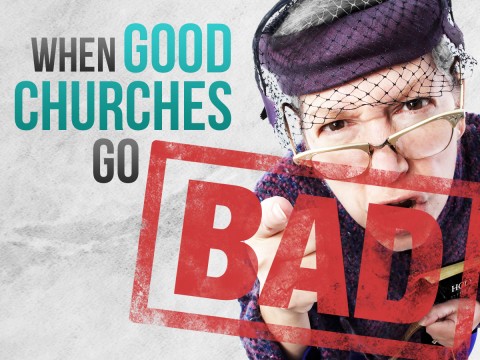
Luke tells the resurrection of Jesus not as the end of the story, but as the climactic middle, which creates a new beginning, relaunching the story. Acts is like Luke part 2 “A New Beginning” or “The First Christians.” It’s not just about God coming into our neighborhood as a human being. They divine dynamic continues with people like us – and us – dispersed into the world to disrupt the status quo with Christ’s radical message of suffering love, transformative grace, radical equality as children of God, and evangelistic empowerment. In this unfolding story, we see that the early church was messy and beautiful and tragic and hopeful…and God was there and God was faithful. Our lives are messy and beautiful and tragic and hopeful…and God is here and God is faithful.
We jump ahead to chapter 15, which some scholars consider to be the most important in the book. It’s about the first Church Council, an assembly of believers, apostles and teachers gathered together to solve a problem threatening division of the church. In reading this ancient text we can miss out on the narrative indications of antiquity. It sounds like a discussion of disagreement, but it’s most likely a loud, contested debate about the future direction of the church.
Paul and Barnabas have come from the church in Antioch (Syria). It’s the third most important city in the Roman Empire, after Rome and Alexandria (Egypt). In this burgeoning church community in a major metropolitan center, there is a new teaching being advanced by itinerant, traveling teachers: to follow Jesus you have to first convert to Judaism by being circumcised and following the Law taught by Moses. The conclusion of the debate is far from certain, after much talking and the personal intervention of the main leaders of the early Church: Peter and James (Head of the mother church in Jerusalem), the assembly reaches a decision based upon scripture and personal experience. There should be no additional requirements put upon those who want to base their lives on the teachings of Jesus and entrust themselves to him. Nothing else (circumcision, keeping kosher, etc) is required. Although the leaders of the Church emphasize that everyone should be aware of each other, not living in such as way as to cause others to stumble or be burdened. An example of this is the exhortation to not eat any meat offered in sacrifice to any idol, not because the idol has any power, bur rather that the example may confuse other followers of Jesus still growing in faith.
It seems distant from us today, and yet the underlying tension about unity and division isn’t that foreign. Think of what we say about political persuasion, sexual identity, marital status, religious language. Do we in face ask others to do more than follow Jesus in order to be counted among his people?
Questions for the practice of Examen & Contemplation
- What strikes or shimmers for you in this passage?
- This is the first encounter in the Church of divisive disagreement. How did they solve it? How do we solve disagreements and debates in our church life – or in your life experience? Are such disagreements an unavoidable part of life? Why do you think so?; Why not?
- The underlying question of this story is innovation and adaptation. How do we interpret the teaching of Jesus in terms of contemporary life and issues. For the early Church this involved around identity as the people of God, meaning the God of Abraham and Sarah: Yahweh. The God of the Torah Law. For some then, no longer following the Law taught by Moses was a question of heresy, of anathema, or no longer being faithful. What are the issues or debates that we face today that are understood by some as defining us, or others, as Christian or not Christian?
- How do you identify yourself as a follower of Jesus? What does that mean? What words do you use? Do you use the term “Christian”? Or do you use other words? If so, why?
Find downloadable study notes on the text online our our church website HERE.